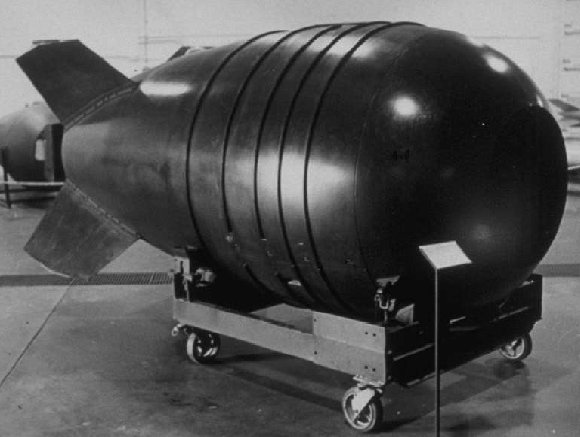
The U.S. Air Force came a hair's breadth from detonating two hydrogen bombs that were accidentally released over Goldsboro, N.C. on Jan. 23, 1961, according to newly declassified documents obtained from a Freedom of Information Act request filed by investigative journalist Eric Schlosser.
The airplane, which took off from Seymour Johnson Air Force Base in Goldsboro for a routine flight, was carrying the atomic bombs when it broke up; one bomb automatically opened its parachute and activated its trigger switch. Three of the four safety mechanisms to prevent unintentional detonation failed. The final switch that prevented disaster easily could havebeen shorted and the safety mechanisms in place were inadequate, wrote Parker F. Jones in a secret report on the event published eight years after the fact.
If the bombs had detonated, each would have been 260 times more powerful than the Hiroshima blast and would have rained deadly fallout as far as Washington D.C., Philadelphia and New York City, The Guardian reported.
Follow Tia Ghose on Twitterand Google+. Follow LiveScience @livescience, Facebook & Google+.
Sign up for the Live Science daily newsletter now
Get the world’s most fascinating discoveries delivered straight to your inbox.

Tia is the managing editor and was previously a senior writer for Live Science. Her work has appeared in Scientific American, Wired.com and other outlets. She holds a master's degree in bioengineering from the University of Washington, a graduate certificate in science writing from UC Santa Cruz and a bachelor's degree in mechanical engineering from the University of Texas at Austin. Tia was part of a team at the Milwaukee Journal Sentinel that published the Empty Cradles series on preterm births, which won multiple awards, including the 2012 Casey Medal for Meritorious Journalism.










